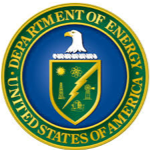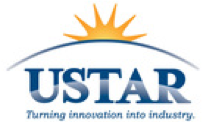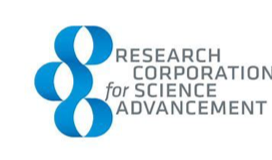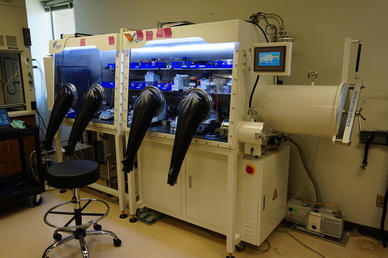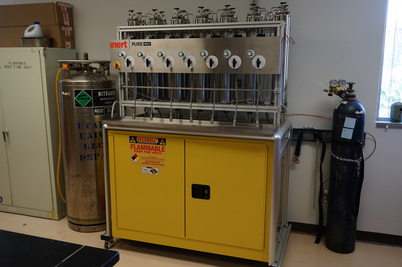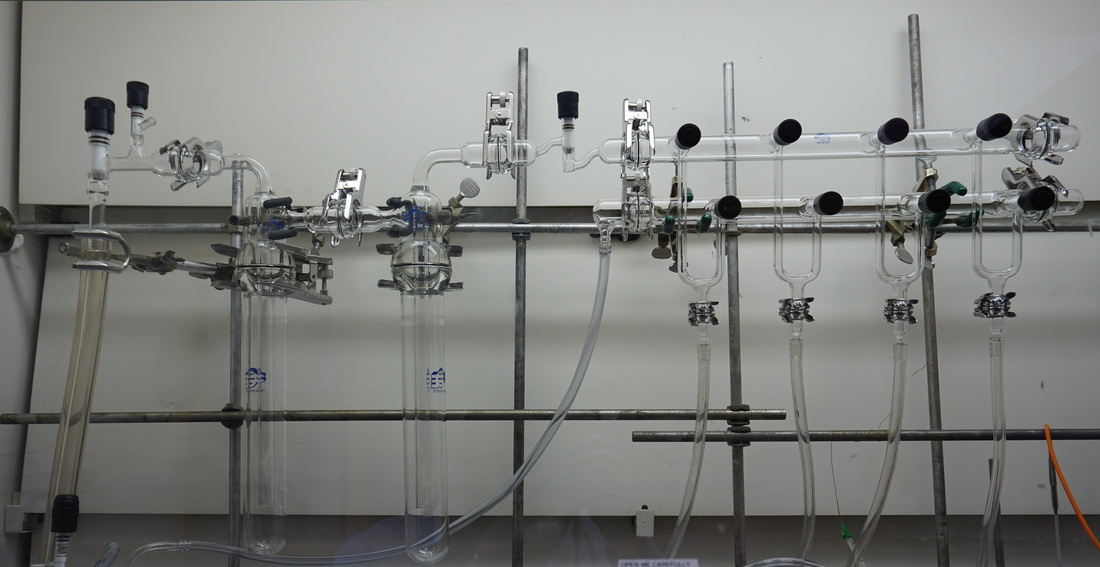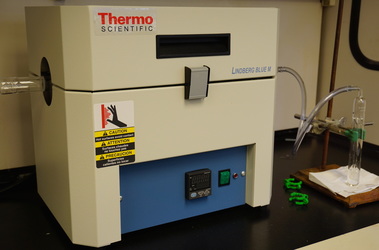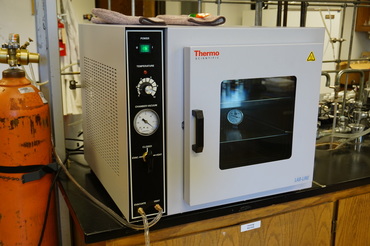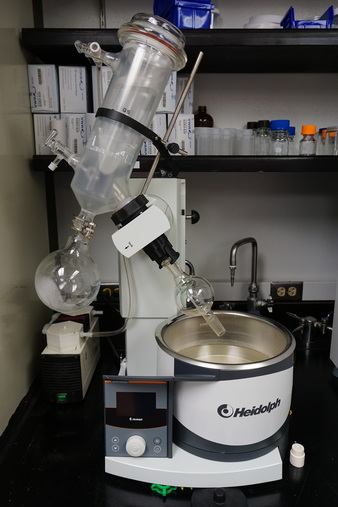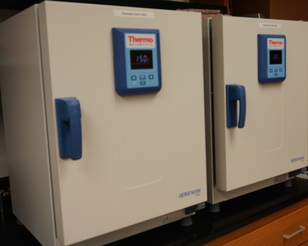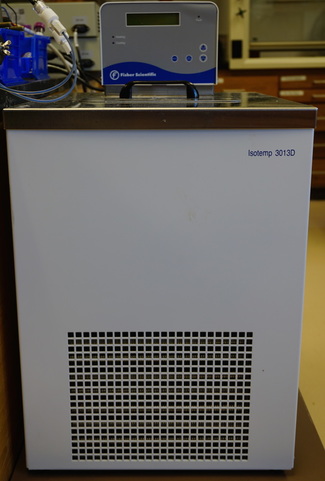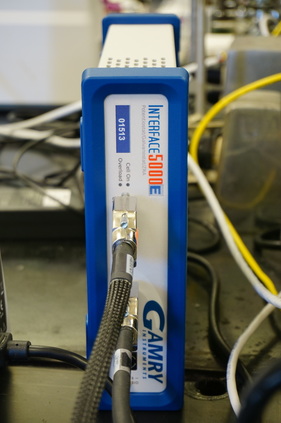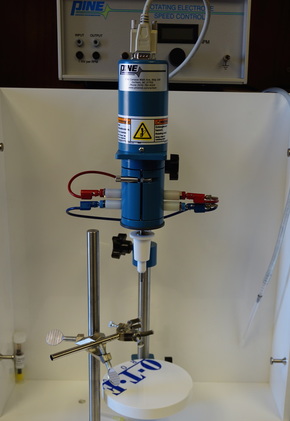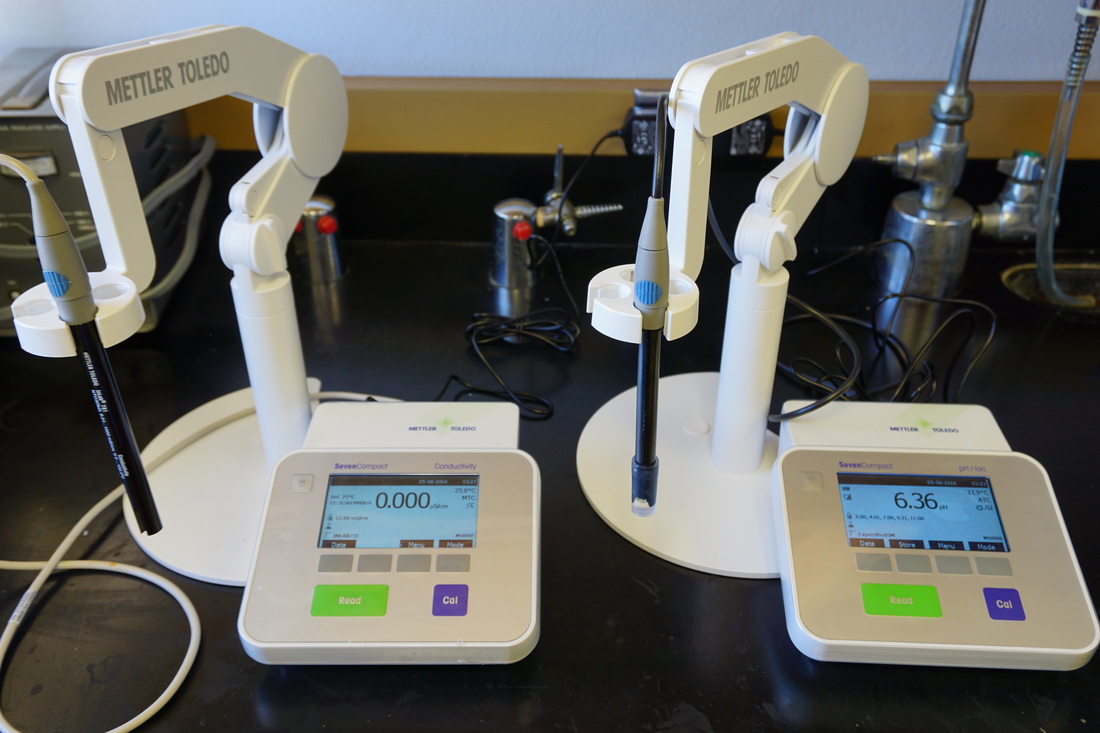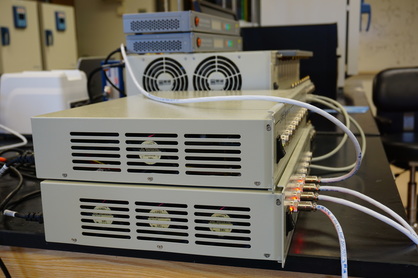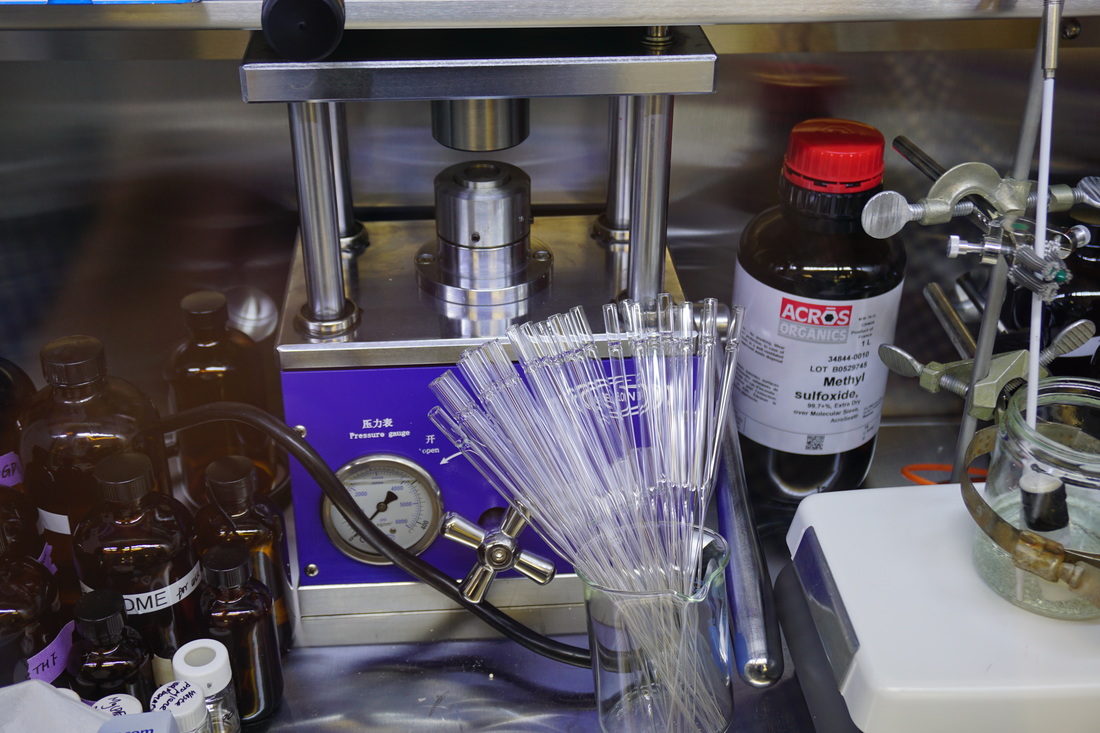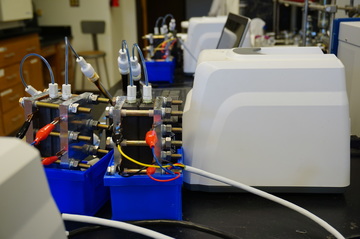Research Overview
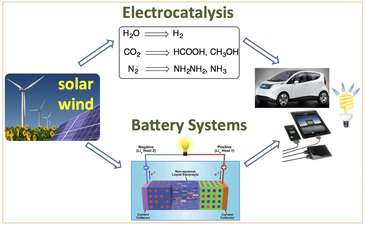
To tackle the increasing global energy challenges, our group adopts two complementary approaches to harnessing renewable energy (e.g. solar, wind, and hydroelectric): rechargeable batteries and electrocatalysis.
The battery program develops novel battery technologies beyond traditional Li ion and lead acid batteries to seek applications in renewable energy integration, portable electronic devices, and electric vehicles. We primarily emphasize the development of multivalent metal batteries (Zn, Al, Ca, and Mg) and redox flow batteries while we are also interested in discovering new technologies to advance Li ion batteries.
The electrocatalysis program encompasses synthesis and electrochemical tests of bio-inspired (e.g. hydrogenase and nitrogenase) molecular catalysts and hybrid organic/inorganic nano-catalysts for chemical fuel production (H2, CO, alcohols, and hydrazine) using earth abundant materials (H2O, CO2, and N2) and renewable energy sources, and also electrochemical consumption of chemical fuels. At the fundamental level, we want to manage multi-proton-multi-electron transfers to facilitate catalytic energy conversion at optimal rate and energy efficiency. Additionally, we are extremely enthusiastic in fabricating energy device prototypes (electrolyzers and fuel cells) for technical implementation.
The battery program develops novel battery technologies beyond traditional Li ion and lead acid batteries to seek applications in renewable energy integration, portable electronic devices, and electric vehicles. We primarily emphasize the development of multivalent metal batteries (Zn, Al, Ca, and Mg) and redox flow batteries while we are also interested in discovering new technologies to advance Li ion batteries.
The electrocatalysis program encompasses synthesis and electrochemical tests of bio-inspired (e.g. hydrogenase and nitrogenase) molecular catalysts and hybrid organic/inorganic nano-catalysts for chemical fuel production (H2, CO, alcohols, and hydrazine) using earth abundant materials (H2O, CO2, and N2) and renewable energy sources, and also electrochemical consumption of chemical fuels. At the fundamental level, we want to manage multi-proton-multi-electron transfers to facilitate catalytic energy conversion at optimal rate and energy efficiency. Additionally, we are extremely enthusiastic in fabricating energy device prototypes (electrolyzers and fuel cells) for technical implementation.
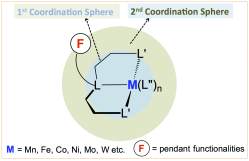
The third theme in our group is directed on the development of well-defined molecular catalysts based on inexpensive metals (e.g. Mn, Fe, Ni, Co, W, Mo) to handle homogenous catalysis that is traditionally achieved by precious metal (e.g. Rh, Ir, and Pd) based catalysts. To realize “base metals for noble tasks”, we pay particular attention to ligand design and take fully advantage of the ligand second coordination sphere effect and the metal-ligand cooperation effect for highly efficient bond activation and formation, and their uses in catalytic synthesis of valuable organic products.
Our Sponsors
Our research have been generously sponsored by federal and state funding agencies, and non-profit foundations listed below. We appreciate your support very much!
Research Facilities
Our group hosts a number of state of the art experimental and analytic instruments and has access to research facilities at USU campus and USTAR Nanofabrication Center at University of Utah. We have advanced skills and techniques to handle solid materials and molecule (both organic and inorganic) synthesis and characterization.
We offer technic services and solution consultation to external users (please contact Professor Liu directly).
Our broad technical capacities are illustrated in photos below.
We offer technic services and solution consultation to external users (please contact Professor Liu directly).
Our broad technical capacities are illustrated in photos below.
Synthesis Platform
|
Multifunctional glovebox
|
Automatic solvent purification system:
|
|
Vacuum oven:
Rotovap (3 units):
|
Drying oven (5 units):
Temperature controller
|
Electrochemical Testing Platform
|
Multifunctional potentiostats (5 units):
|
Rotation electrode controller
|
|
Conductivity meter and pH meter
Multi-channel battery testers (12 units, 96 channels):
|
Coin cell crimper:
Home design redox flow battery platform:
|

